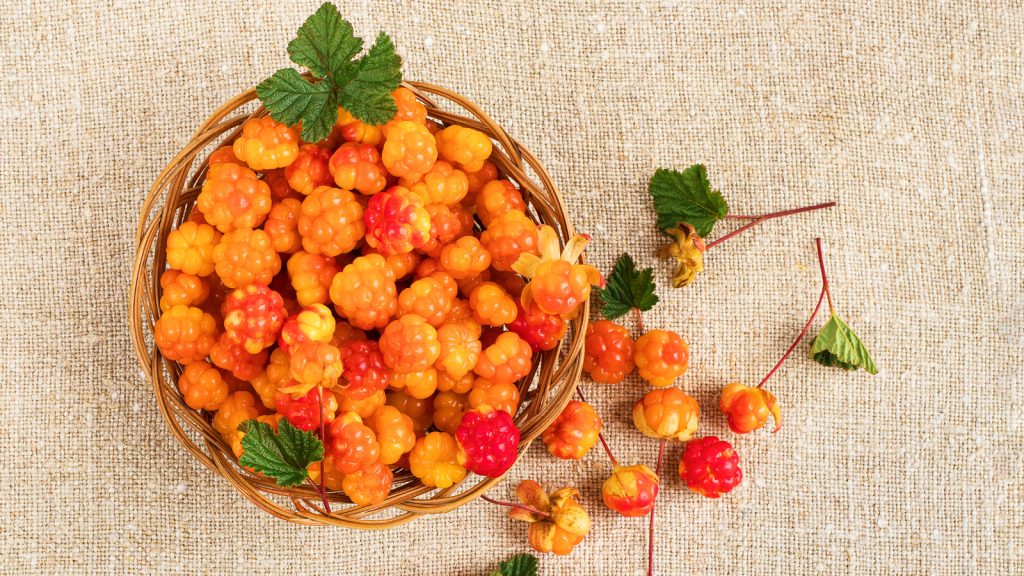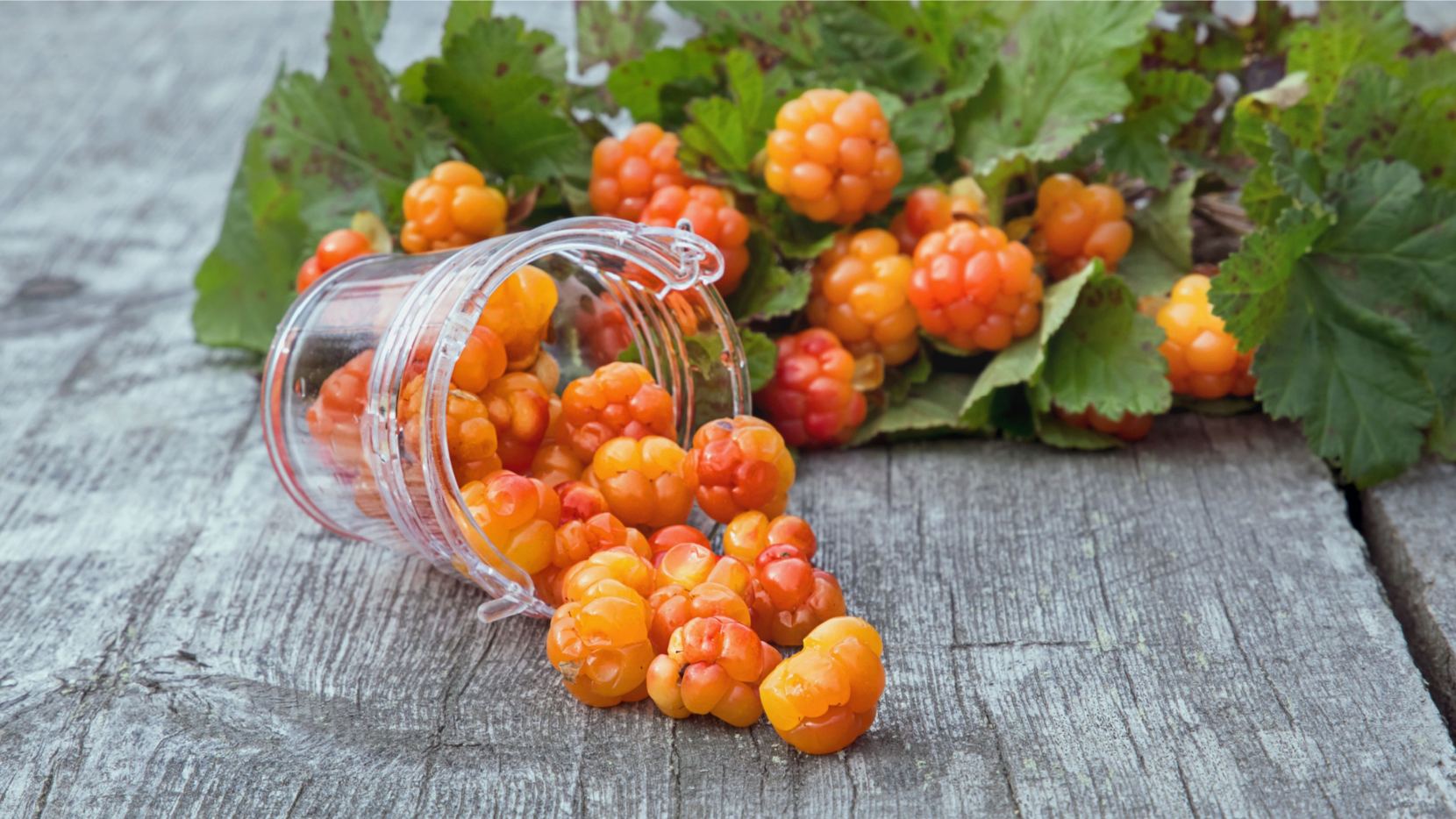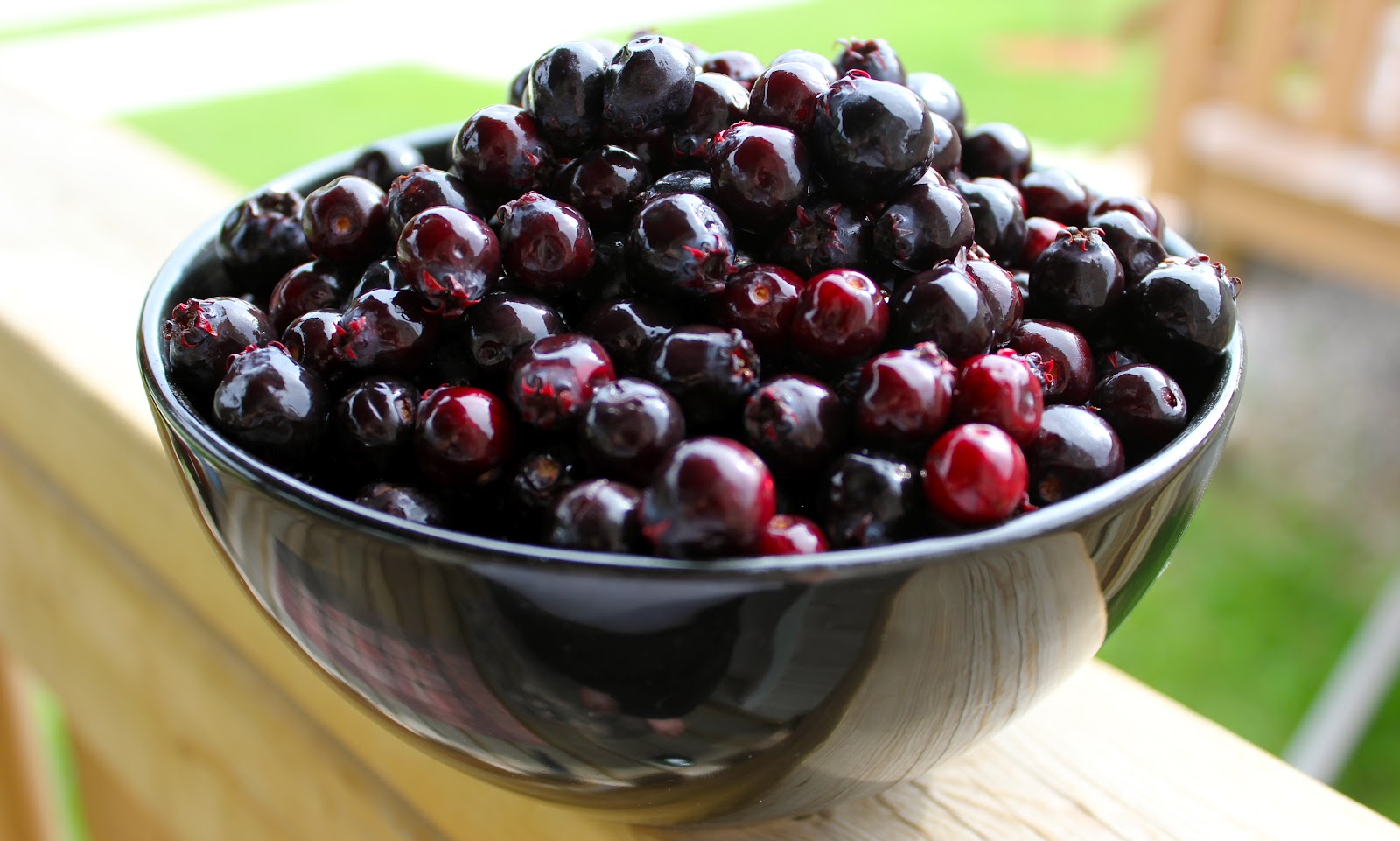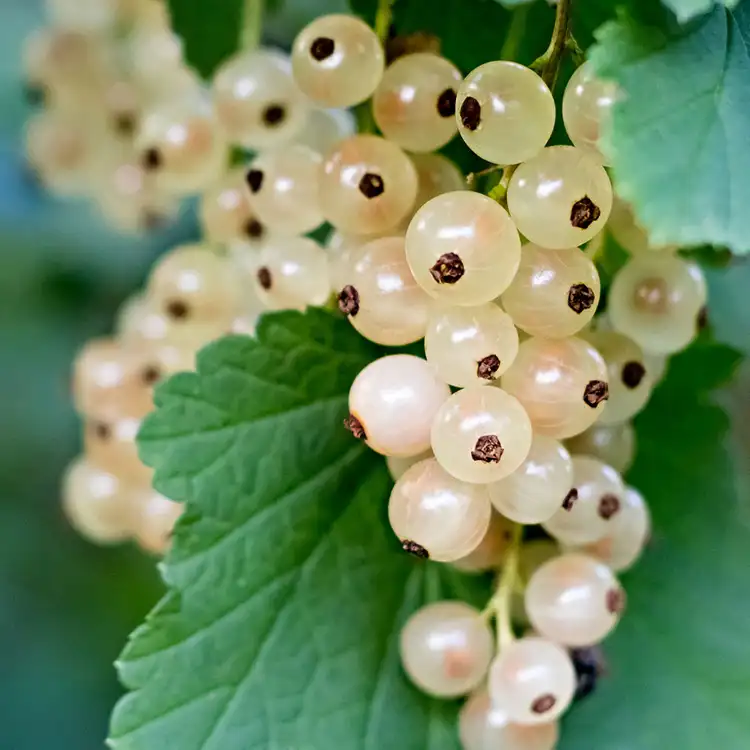Cloudberry (Rubus chamaemorus): Fruit Characteristics, Variety Traits, Nutrition, and Distribution
The Cloudberry (scientific name: Rubus chamaemorus) belongs to the Rosaceae (Rose) family under the Rubus genus. This low-growing perennial herb thrives in cold climates and is famous for its valuable golden-yellow aggregate fruits. In various regions, it is also called “bakeapple,” “knotberry,” or “aqpik.”
Fruit Characteristics
The cloudberry’s fruit consists of 4-20 small drupelets, forming an aggregate fruit similar to raspberries. Unripe fruits appear red, but they turn a unique golden-yellow to orange when ripe—sometimes with a slight pinkish tint. These soft and juicy fruits have a distinctive taste that is slightly tart when unripe but becomes honey-sweet with maturity and has a special aroma. The relatively large seeds inside provide a slightly chewy texture when eaten fresh.

Variety Traits
Cloudberries are dioecious plants—only female plants produce fruit and require male plants for pollination. This characteristic makes commercial cultivation difficult; thus, wild harvesting remains predominant. The plant itself is short (5-25 cm tall) and grows by creeping along the ground through underground rhizomes, forming berry patches over time. Growth is slow; it often takes several years before they start bearing fruit. Some self-pollinating varieties exist but are rare.
Nutritional Value and Benefits
Cloudberries pack high nutritional value. They are especially rich in Vitamin C, often exceeding even oranges’ content. They also contain Vitamin E, β-carotene, and B vitamins, along with minerals such as calcium, magnesium, and potassium. Furthermore, they are loaded with dietary fiber and unique phytochemicals like ellagitannins, boasting strong antioxidant and anti-inflammatory properties. Traditionally, they have been used against scurvy and other ailments.
Distribution and Cultivation
These circumpolar plants naturally inhabit cold Northern Hemisphere regions, including Scandinavia, northern Russia, Canada, and Alaska, while also sporadically found in lower latitude mountainous areas. They thrive best within acidic bogs, wet meadows, and tundra zones, making their commercial cultivation quite limited. Thus, they are mostly harvested wild and hence can be expensive, dubbed “Arctic Gold.”



